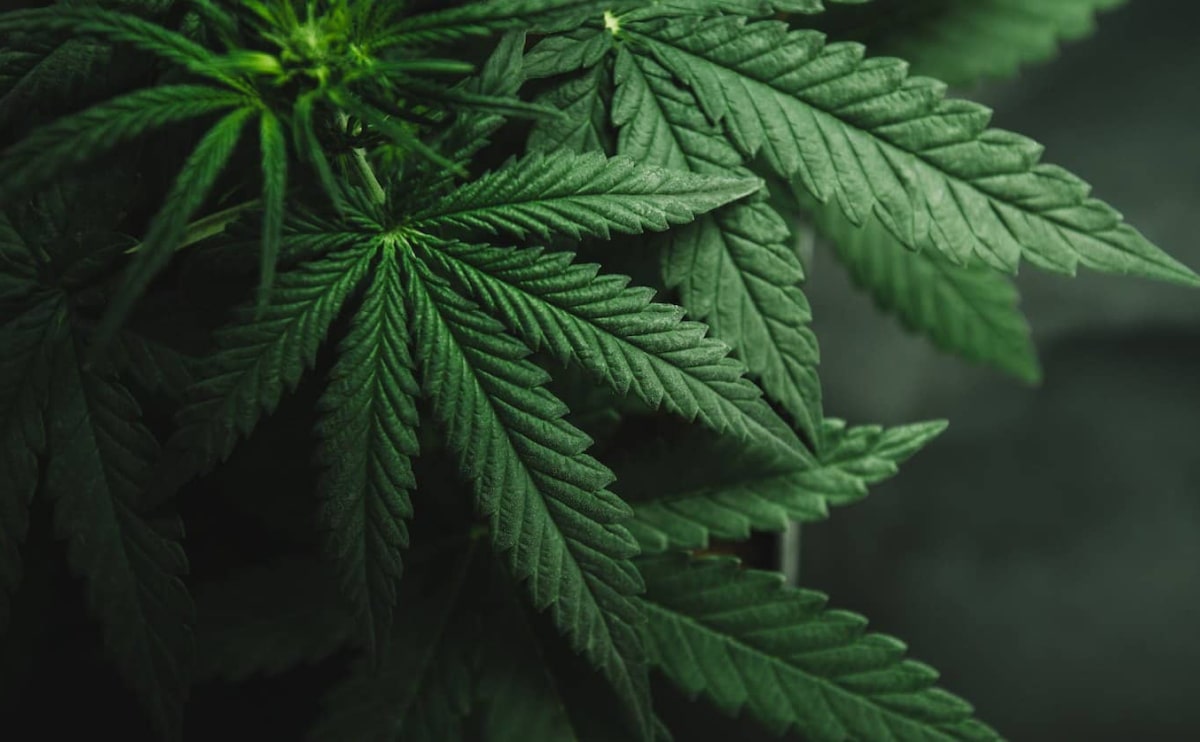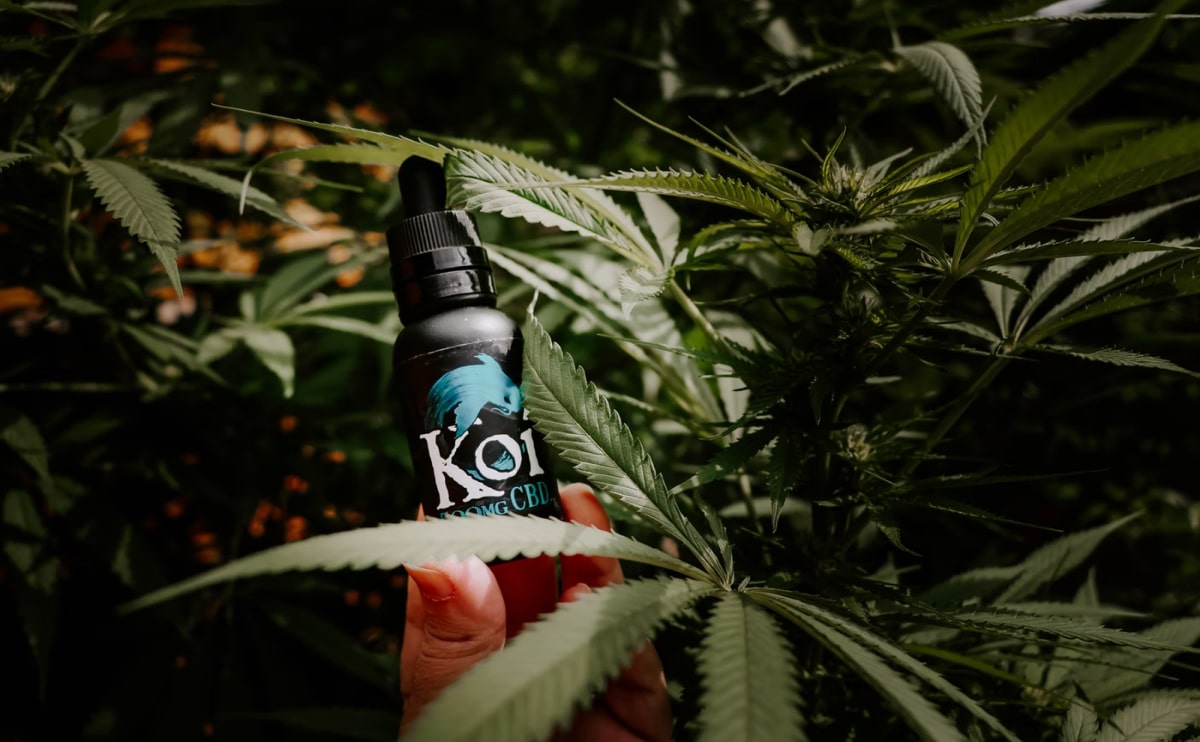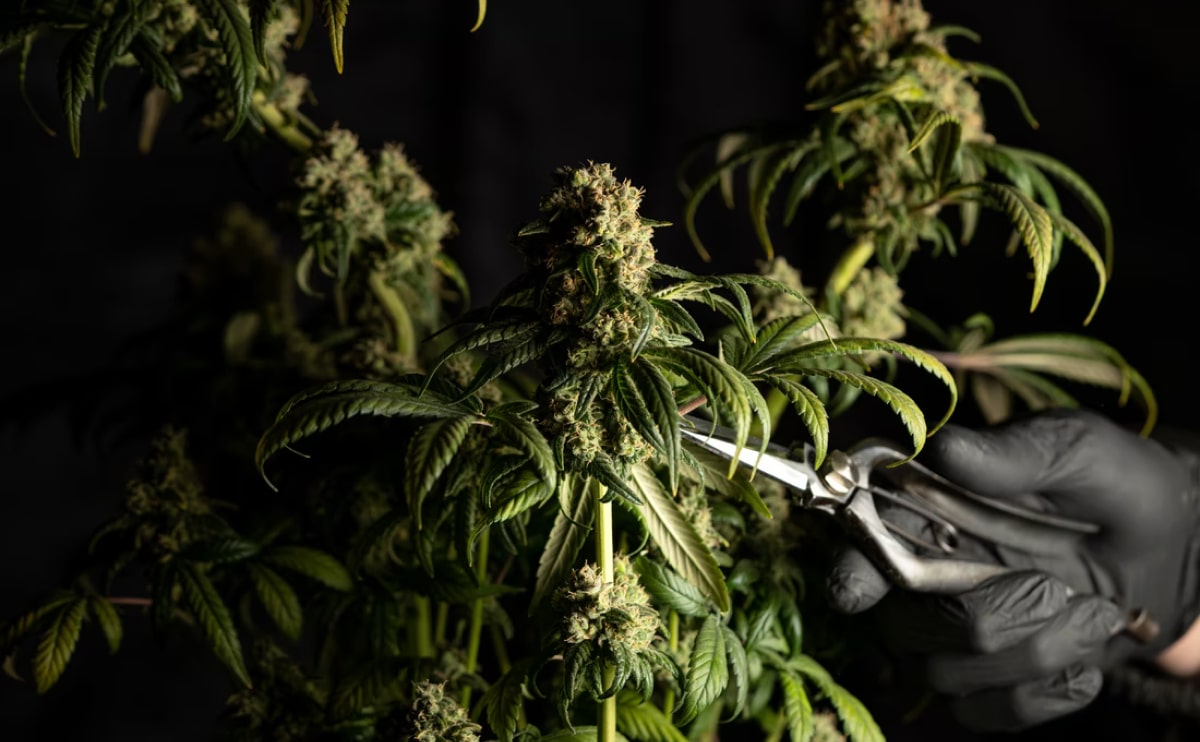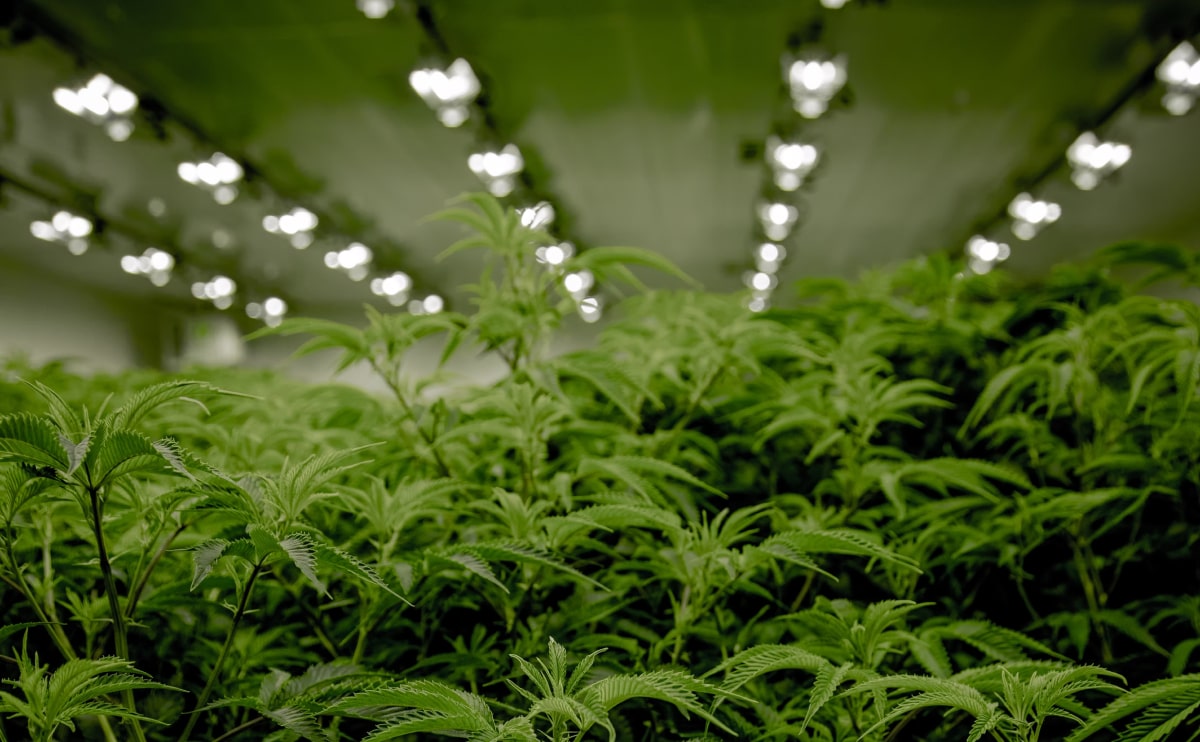Busting the Myths: Separating Fact from Fiction about Marijuana
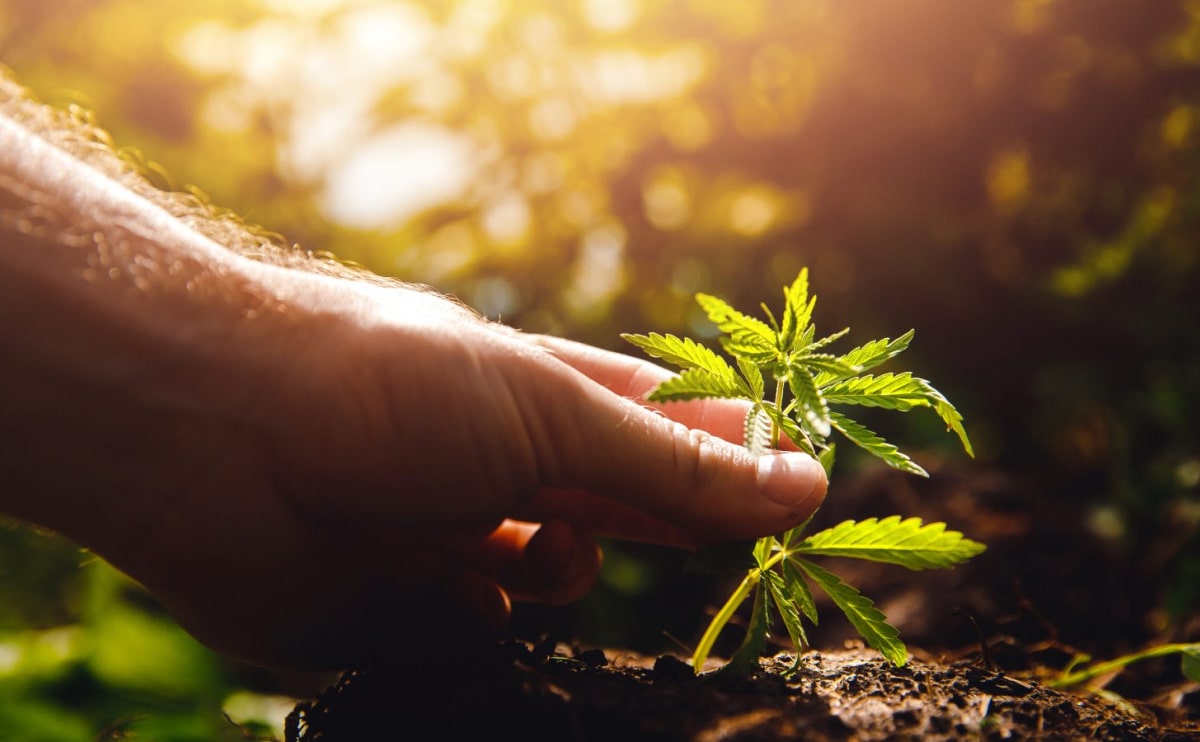
Busting the Myths: Separating Fact from Fiction about Marijuana
In the ongoing global discussion about marijuana, it’s easy for misinformation to spread. Decades of prohibition and varying cultural perceptions have led to numerous myths and misunderstandings about the plant and its effects. It’s time to separate fact from fiction.
Here, we debunk some of the most common myths about marijuana:
Myth 1: Marijuana is Completely Harmless because it’s “Natural.”
Fact: While marijuana comes from a plant, “natural” doesn’t automatically mean harmless. Poison ivy is natural, but it causes a rash. Opium poppies are natural, but they produce highly addictive substances. Marijuana, especially strains with high THC concentrations, can have significant effects on the body and mind, including impairment, dependency risks, and potential respiratory issues if smoked. Its effects depend heavily on dosage, individual biology, and method of consumption.
Myth 2: Marijuana is Not Addictive.
Fact: This is a persistent myth. While it may not be as physically addictive as some other substances, marijuana use can lead to Cannabis Use Disorder (CUD), characterized by compulsive use despite negative consequences. Approximately 1 in 10 marijuana users can become addicted, with that number rising to about 1 in 6 for those who start using in their teens, and even higher for daily users. Symptoms of withdrawal can include irritability, anxiety, sleep difficulties, and cravings.
Myth 3: Marijuana Kills Brain Cells.
Fact: The direct claim that marijuana kills brain cells is largely unfounded by current scientific research. However, this doesn’t mean it has no effect on the brain. Studies indicate that chronic, heavy use, especially during adolescence when the brain is still developing, can lead to changes in brain structure and function, potentially impacting memory, attention, and learning abilities. While some cognitive impairments may be temporary, long-term impacts, particularly in youth, are still being researched.
Myth 4: Marijuana is a “Gateway Drug” to Harder Substances.
Fact: The “gateway theory” suggests that using marijuana inevitably leads to the use of more illicit drugs. Most modern research does not support a direct causal link. Instead, it points to common underlying factors—such as genetics, socioeconomic circumstances, peer influences, or existing mental health conditions—that may predispose individuals to try various substances, including alcohol, tobacco, and marijuana, which are often the first accessible substances. If a “gateway” exists, it’s more likely due to social factors and access within unregulated illicit markets, rather than a chemical property of cannabis itself.
Myth 5: Driving While High is Safer Than Driving Drunk.
Fact: Absolutely false. Driving under the influence of marijuana is dangerous and illegal. Marijuana significantly impairs critical driving skills such as reaction time, coordination, judgment, and concentration. Studies consistently show that cannabis use doubles the risk of being involved in a car crash. The combination of marijuana and alcohol is even more dangerous than either substance alone.
As cannabis continues to be a subject of intense scientific inquiry and public debate, relying on accurate, evidence-based information is vital. Dispelling these common myths helps foster a more informed understanding of this complex plant.
Disclaimer: The information provided here is for educational purposes only and does not endorse or promote the use of marijuana.

